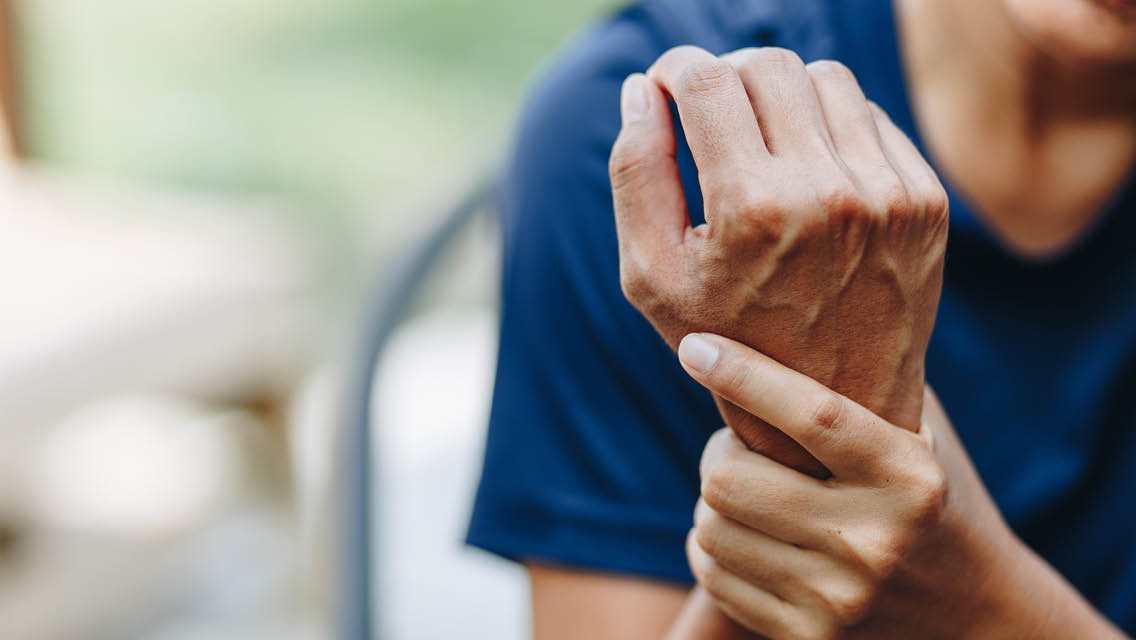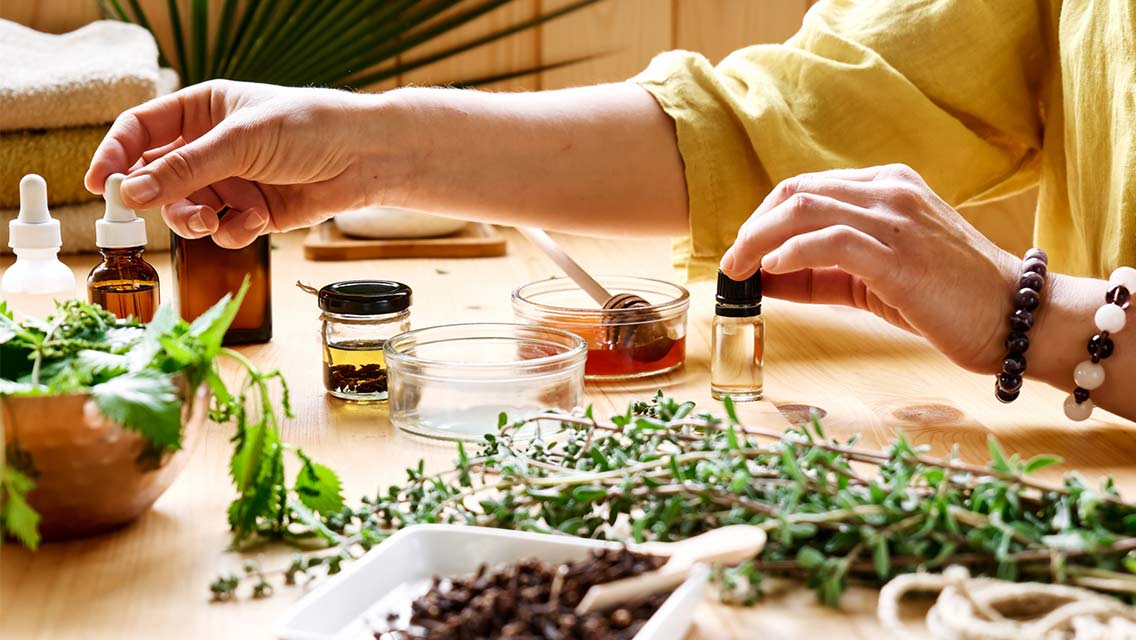Some 55 million Americans suffer from some form of arthritic joint pain, an epidemic that has fueled a robust cottage industry — joint replacement. More than a million people go under the knife each year to alleviate the pain and improve their mobility.
But what if the dwindling cartilage that causes the problem could simply be regrown? “One idea is to follow a ‘Jiffy Lube’ model of cartilage replenishment,” says Stanford University professor of surgery Michael Longaker, MD. “You don’t wait for damage to accumulate — you go in periodically and use this technique to boost your articular cartilage before you have a problem.”
A 2020 study by Longaker and a team of Stanford researchers, published in the journal Nature Medicine, suggests that lost articular cartilage in lab mice can be regrown by manipulating a process called microfracture, which creates a less-cushioning form of cartilage known as fibrocartilage.
By introducing a protein molecule that triggers bone formation during the microfracture process and then stopping the bone from growing when it reaches the cartilage stage, the scientists were able to replenish the protective layer of cartilage that had been lost.
“What we ended up with was cartilage that is made of the same sort of cells as natural cartilage with comparable mechanical properties, unlike the fibrocartilage that we usually get,” explains study coauthor Charles K. F. Chan, PhD. “It also restored mobility to osteoarthritic mice and significantly reduced their pain.”
Researchers later used human tissue in mice bred to accept it and reported similar results, all of which suggests a cartilage tune-up may someday be a plausible alternative to a new joint.





This Post Has One Comment
Good piece of information you shared. Loved it